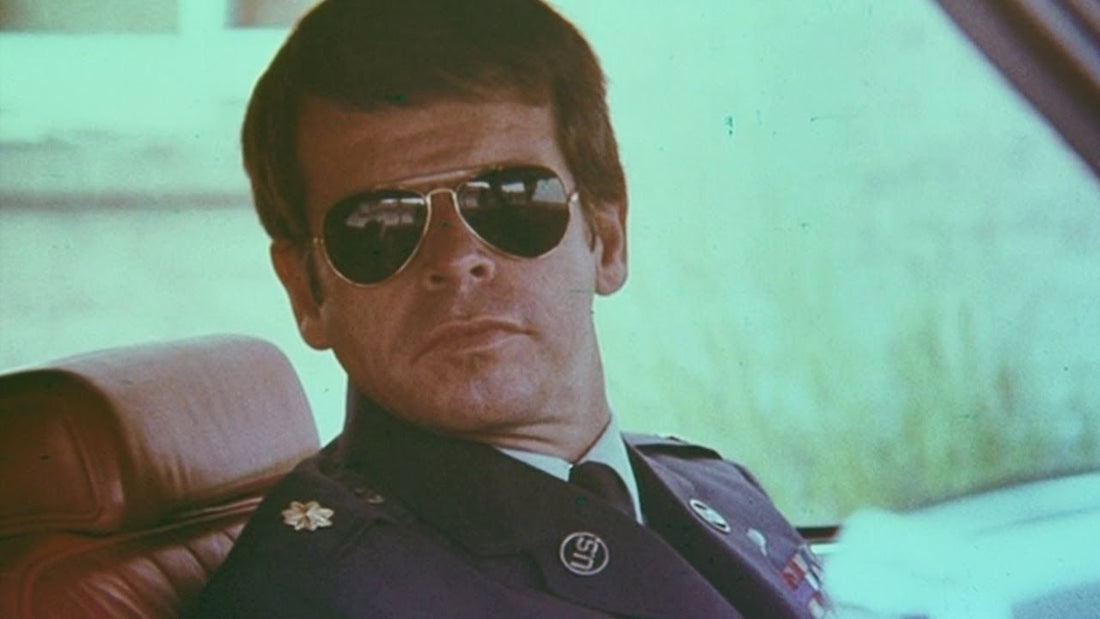
Rolling Thunder
Share

Why It Still Matters
When Rolling Thunder was released in 1977, it arrived as one of the grittiest revenge thrillers of its era. Written by Paul Schrader (fresh from Taxi Driver) and directed by John Flynn, the film tapped into post-Vietnam disillusionment and simmering rage. With its stark violence, simmering tension, and tragic undertones, it has since earned a place as a cult favorite among fans of ’70s American cinema.
From War to Vengeance
Major Charles Rane returns home to San Antonio, Texas after seven years as a prisoner of war in Vietnam. Though greeted as a hero and rewarded with gifts — including a ceremonial silver revolver and a stash of silver dollars — Rane finds himself alienated from his family and his community.
When a group of armed robbers break into his home, murder his wife and child, and leave him mutilated, Rane is consumed by grief and rage. With the help of fellow veteran Johnny Vohden and a young woman named Linda, he embarks on a brutal quest for vengeance, methodically hunting down those who destroyed his life.
The Faces of Rolling Thunder
- Major Charles Rane — William Devane, in a chillingly controlled performance as a man broken by war and reshaped by violence.
- Johnny Vohden — Tommy Lee Jones, in an early role that hinted at the steely presence that would define his career.
- Linda Forchet — Linda Haynes, the woman drawn into Rane’s spiral of revenge.
- Cliff — James Best, as one of the men responsible for the crime.
- Automatic Slim — Luke Askew, another of the robbers who face Rane’s wrath.
Behind the Scenes
Rolling Thunder was originally scripted by Paul Schrader, whose interest in alienated, violent men had already been immortalized with Martin Scorsese’s Taxi Driver. However, the screenplay was heavily rewritten by Heywood Gould, with director John Flynn favoring a more restrained, character-driven style.
The production was modest, filmed largely in Texas, and the finished film was considered too violent and downbeat by distributor 20th Century Fox. The studio sold the rights to American International Pictures, who marketed it as a grindhouse revenge picture.
Legacy & Cultural Impact
Though not a mainstream success, Rolling Thunder became a cult film over time, admired for its uncompromising tone and haunting performances. Its brutal depiction of violence, moral ambiguity, and the psychological scars of war resonated with audiences looking for darker, more honest explorations of America after Vietnam.
The film’s reputation was cemented when Quentin Tarantino named his short-lived film distribution company Rolling Thunder Pictures after it in the 1990s. Today, it stands as a key entry in the cycle of post-Vietnam revenge films, a work that bridged grindhouse intensity with serious character study.
Final Thought
Rolling Thunder is not just a revenge thriller — it’s a study of a man hollowed out by war, holding onto nothing but ritual and retribution. Stark, unsettling, and unforgettable, it remains one of the most powerful cult films of the 1970s.
